If you have ever used a refillable vape device, then you may have heard of two words that appear frequently on e-liquid packages and bottles: PG and VG. Today, let’s go into E-liquid’s PG and VG with VECEE.
PG is the abbreviation of Propylene Glycol. Propylene glycol has no smell or color and is less viscous than VG. When vaping, it is used to provide a “throat hit” that some users claim is similar to the feeling when smoking. It also carries flavor more efficiently than VG, making it the most commonly used suspension for flavor concentrates and nicotine.
VG is the abbreviation of Vegetable Glycerin. It is a natural chemical derived from vegetable oils, making it safe for vegetarians. It is usually used in E-liquid to give the e-liquid a “thick” feeling when atomized. VG is slightly sweet and much thicker than PG. Vegetable glycerin provides a much smoother throat hit than glycerin. Although both nicotine and flavorings are typically suspended in PG, some suppliers offer VG alternatives for a 100% VG blend.
8 tips on PG and VG:
- PG and VG are odorless liquids that can be combined with flavors and nicotine to make E-liquid;
- Technically, PG and VG are both in the chemical class of alcohol (despite the name, they do not make people drunk), they are classified as sugar alcohols and are included in many consumables;
- They produce vapor when heated and can therefore be inhaled;
- PG and VG are not oils and do not cause any of the medical problems that would be caused by inhaling actual oils (such as lipoid pneumonia);
- Different ratios of the two liquids will result in different vape juice thicknesses and slightly different flavors;
- When used, they have a distinct sensation in the mouth and throat;
- Most modern e-liquids use a combination of these two liquids, although the ratios can vary greatly;
- Certain vape devices can only be used with a certain ratio of PG and VG.

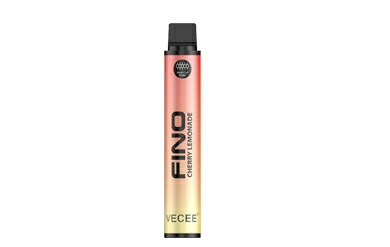
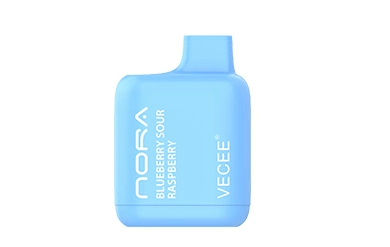
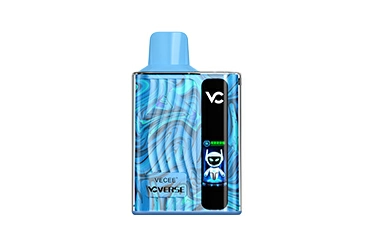
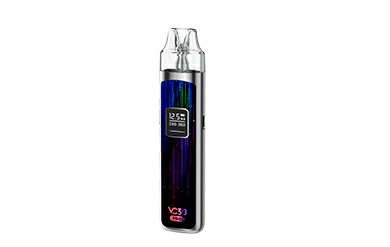
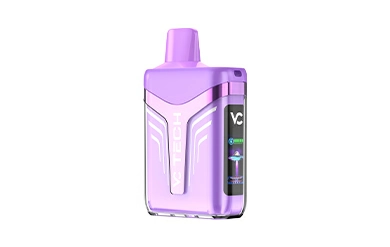
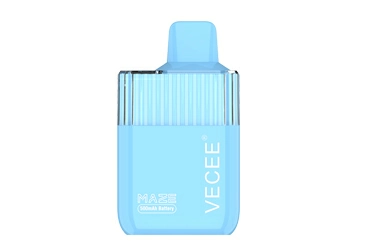
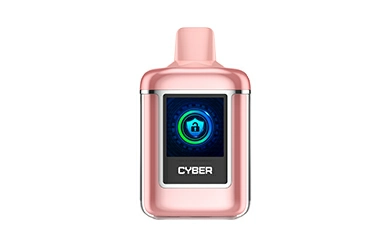
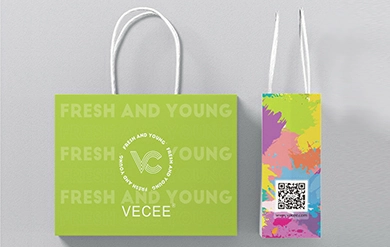


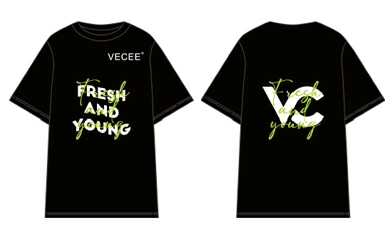
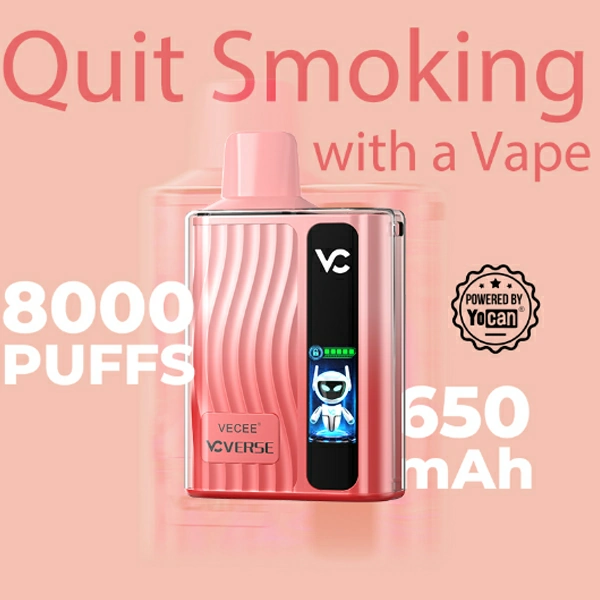
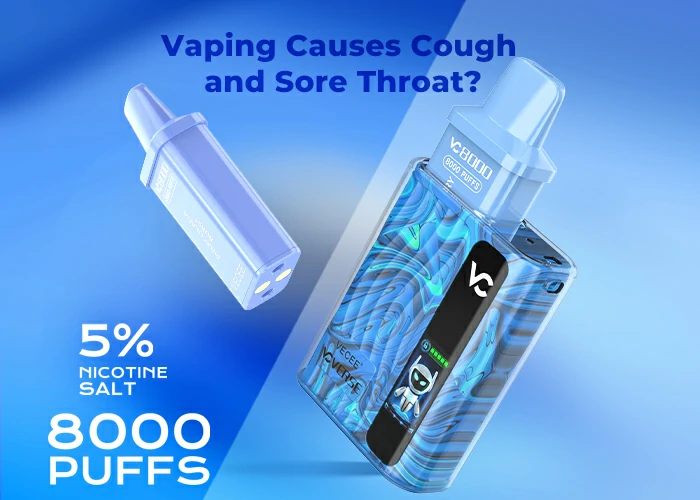
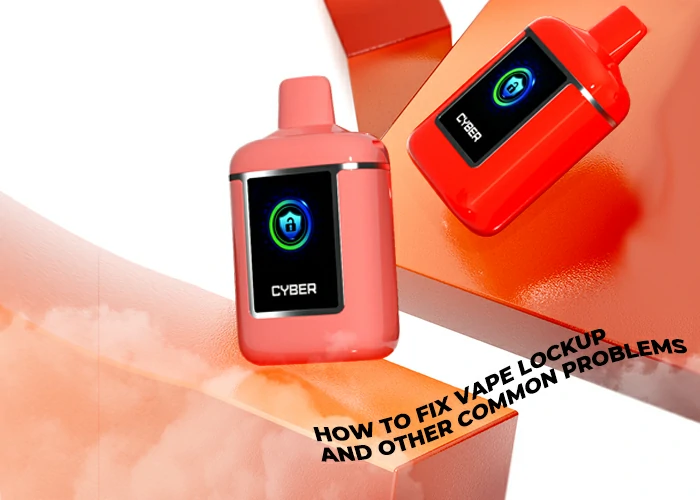

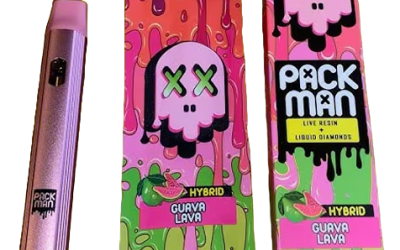
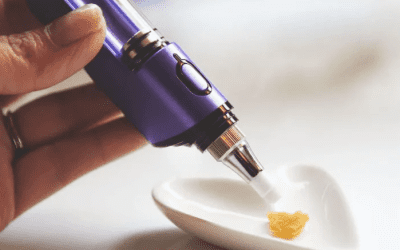
0 Комментариев